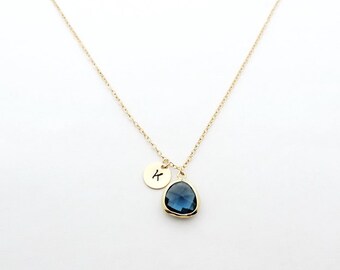

Colombia, Brazil, and Zambia are the main contributors for emeralds, whereas alexandrite has been found in Russia, Sri Lanka, and Brazil.

The majority of aquamarine stones come from Brazil, while the biggest producer for diamonds is Russia but is closely followed by Africa, India, and Australia. Most amethysts are mined in Zambia but are also found in several locations in South America including Bolivia, Brazil, Uruguay, and Argentina as well as in Asia, the United States, and Canada. Garnets are discovered all across the globe, but especially in Africa, Asia, South America, and in the United States. Each of these stones, which include garnet, amethyst, aquamarine, diamond, emerald, alexandrite, ruby, peridot, sapphire, opal, topaz, and zircon, are mined in different parts of the world in varying quantities. Finally, in 1912, the Jewelers of America put together an official list of birthstones, mainly selecting stones that were commercially available as opposed to most suitable from a sign perspective. It was since then that gemstones were connected to zodiac signs and birth months, but it was much later on, however, in 15th or 16th century Poland, when birthstones were first worn. Later on, twelve gemstones were associated with the twelve apostles. Each stone represented one of the twelve tribes.

The idea behind birthstones can be traced all the way back to biblical times when the High Priest wore a breastplate displaying twelve gemstones across four rows.


 0 kommentar(er)
0 kommentar(er)
